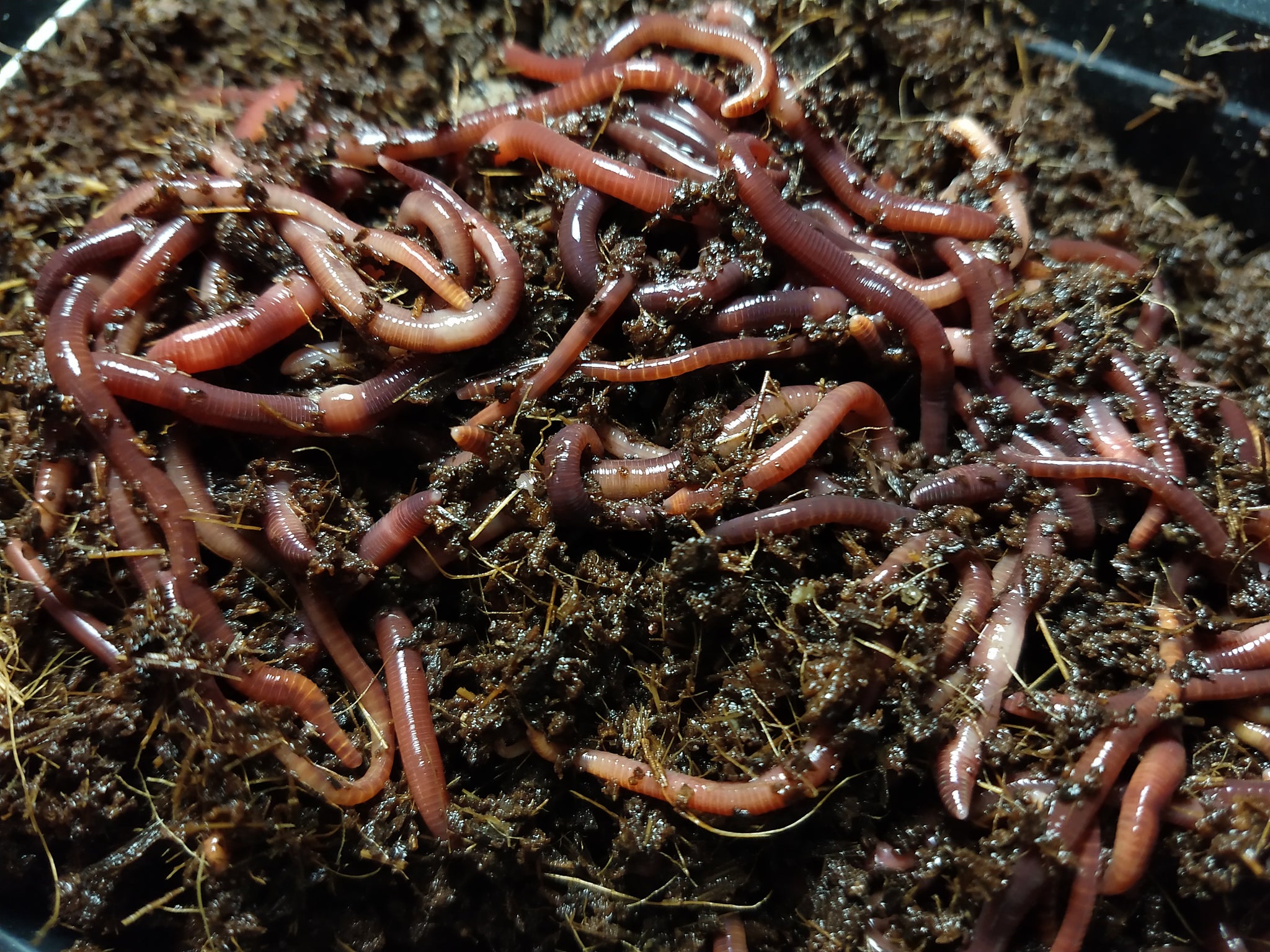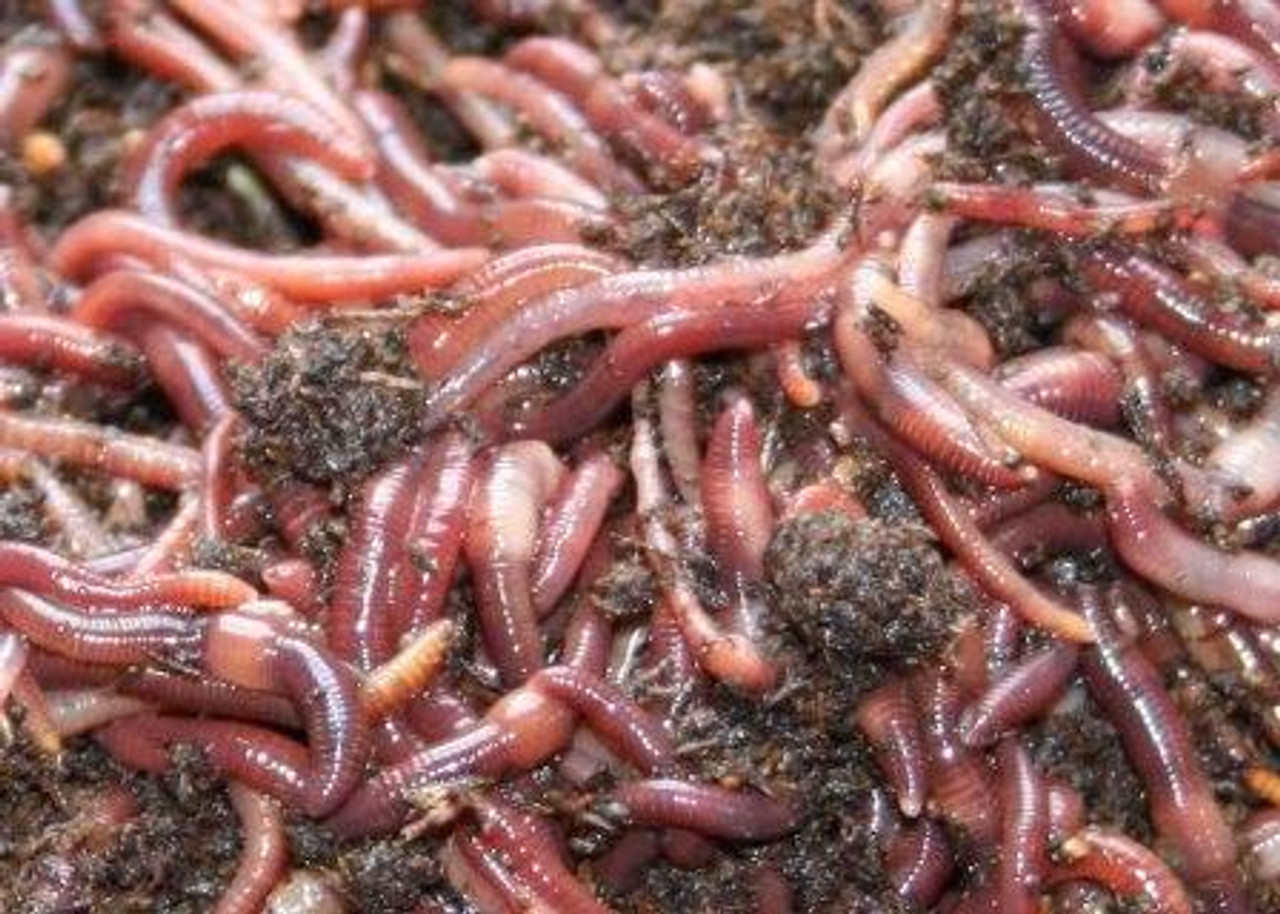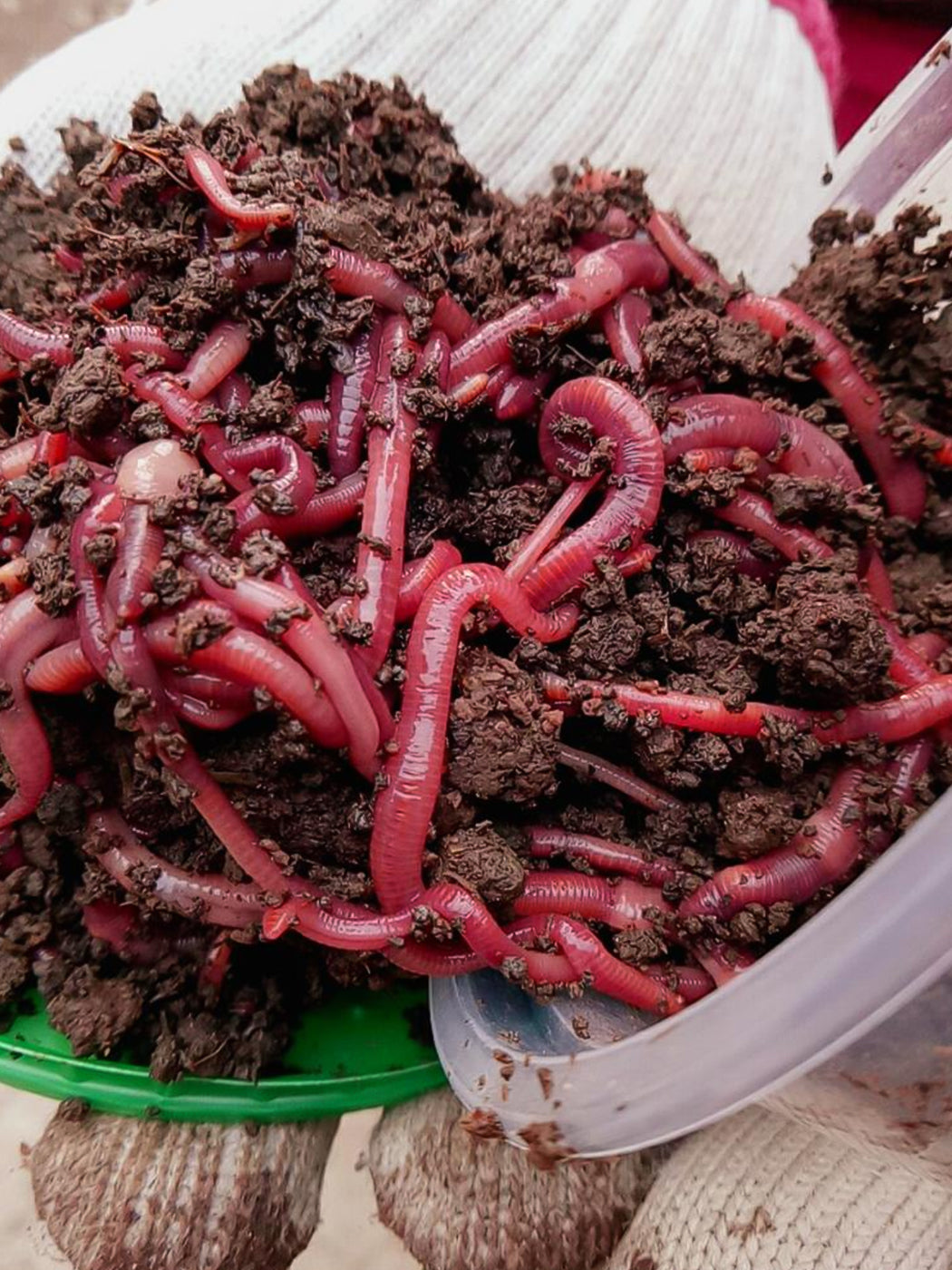Find the Best Products for Lawn Care with Red Wiggler Express for Healthy Lawns
Find the Best Products for Lawn Care with Red Wiggler Express for Healthy Lawns
Blog Article
Red Wigglers: The Unsung Heroes of Organic Waste Recycling
Red wigglers, or Eisenia fetida, work as important agents in the natural waste reusing procedure, changing disposed of products right into beneficial vermicompost. Their effective malfunction of organic issue not only enhances dirt high quality yet also adds to sustainable waste monitoring practices. As the globe significantly seeks solutions to combat waste build-up and enhance farming productivity, comprehending the function of these worms comes to be essential. What systems enable them to flourish in compost settings, and just how can they be properly used in both residential and commercial setups? Discovering these concerns reveals the broader effects of vermicomposting in our eco-friendly landscape.
What Are Red Wigglers?
The exceptional resilience of red wigglers, medically referred to as Eisenia fetida, underscores their critical function in organic waste recycling. These little, reddish-brown earthworms are usually found in decaying raw material, such as compost heaps and manure loads. Lake Hickory Bait. Unlike various other earthworm types, red wigglers thrive in nutrient-rich settings and are highly reliable at breaking down natural materials, making them necessary for vermicomposting

(Red Wiggler Express)In addition to their duty in waste decrease, red wigglers add to soil health and wellness by boosting soil structure and aeration via their tunneling tasks (Lake Hickory Bait). Their visibility in composting systems not just improves decomposition prices yet also advertises a sustainable method to waste management, illustrating their value in ecological preservation initiatives
Advantages of Composting With Worms
Composting with worms, particularly red wigglers, uses many benefits that improve both waste management and dirt wellness. First, these worms successfully damage down organic waste, converting it right into nutrient-rich vermicompost that enriches dirt. This process accelerates decay, enabling a much faster recycling of cooking area scraps and other organic products compared to traditional composting methods.
Additionally, the vermicompost produced by red wigglers is bursting with useful bacteria, which help enhance soil structure, aeration, and moisture retention. This improves the general wellness of plants, promoting vigorous growth and increased returns in gardens and agricultural settings. In addition, using worms in composting lessens the manufacturing of greenhouse gases, such as methane, adding to a much more sustainable waste administration system.

Just How to Start Vermicomposting
Establishing a vermicomposting system is a straightforward procedure that can yield substantial benefits for both waste administration and soil enrichment. To start, select a suitable container, such as a plastic container or wood box, with sufficient ventilation holes to make certain proper air movement. The measurements should ideally be about 2 feet by 3 feet, permitting sufficient area for the worms to grow.
Following, prepare bed linens material, which can contain shredded paper, cardboard, or coconut coir. This bed linen ought to be moistened to produce an appropriate habitat for the worms. As soon as the bed linen remains in place, introduce red wigglers (Eisenia fetida) into the container, generally around one pound of worms for each square foot of area.
Adhering to the positioning of worms, include organic waste, such as vegetables and fruit scraps, coffee grounds, and smashed eggshells. Avoid adding dairy products, meat, or oils, as these can produce odors and bring in insects. Position the bin in a shaded, temperature-controlled area to keep optimal problems for worm activity. With these actions, you will effectively launch a vermicomposting system that adds to lasting waste administration and enhances your soil.
Maintaining a Healthy And Balanced Worm Bin
(Red Wiggler Express)Keeping a worm container growing requires regular interest and care to ensure the health and wellness of the red wigglers and the effectiveness of the composting procedure. Correct maintenance begins with keeping track of the wetness degrees; the container should perspire but not soaked. An excellent guideline is to keep a consistency comparable to a wrung-out sponge.
Aeration is crucial as well. Delicately blending the bed linen and food scraps every few weeks protects against compaction and makes certain that all worms have accessibility to oxygen. Furthermore, it is essential to feed the worms suitably. A well balanced diet regimen of fruit and veggie scraps, coffee grounds, and smashed eggshells should be provided in small amounts to avoid overfeeding, which can lead to smells and bugs.
If the bin ends up being also hot or cool, the worms may become stressed out. By vigilantly managing these factors, one can maintain a durable and efficient worm container.
Influence on Lasting Living
The successful upkeep of a worm container not only benefits the health and wellness of red wigglers but additionally contributes considerably to lasting living practices. By reusing natural waste, such as kitchen area scraps and yard particles, red wigglers assist draw away significant quantities of product from land fills. This reduction in waste not just reduces greenhouse gas discharges however additionally minimizes the environmental burden related to waste management.
Moreover, the castings created by red wigglers function as a nutrient-rich organic plant food, improving soil health and wellness and see this advertising plant growth. This natural alternative to chemical plant foods sustains sustainable agriculture and gardening methods, lowering reliance on synthetic inputs that can damage ecosystems. In addition, worm composting promotes recognition of waste administration, urging individuals and communities to embrace even more lasting practices.

Final Thought
In recap, red wigglers serve as essential factors to organic waste recycling with their effective decay of natural materials. By integrating vermicomposting into waste monitoring strategies, people and neighborhoods can significantly lower waste while promoting ecological sustainability.
Report this page